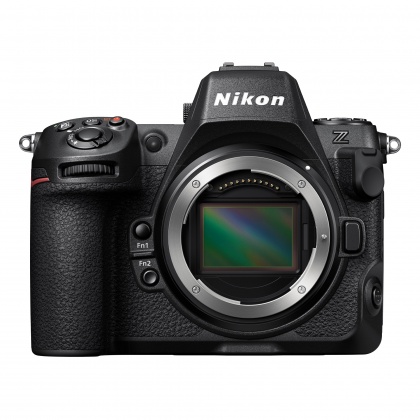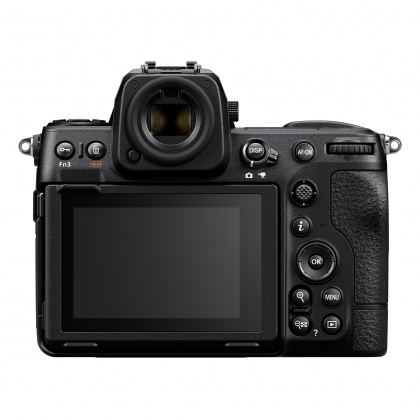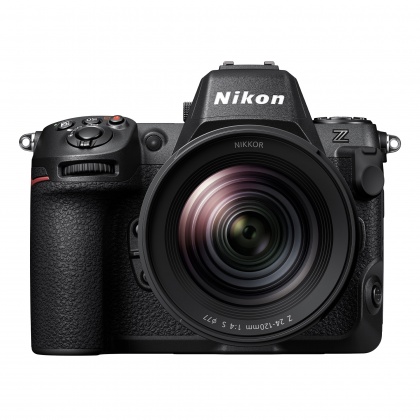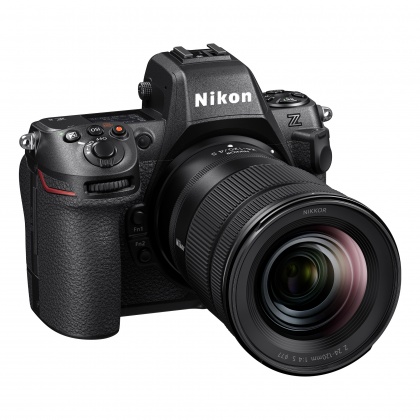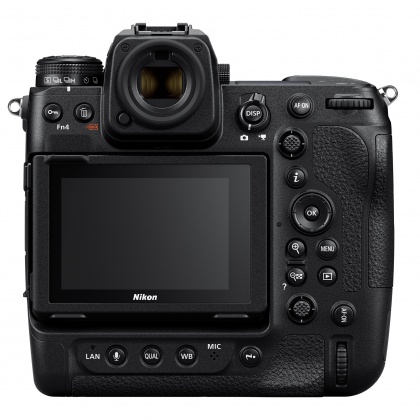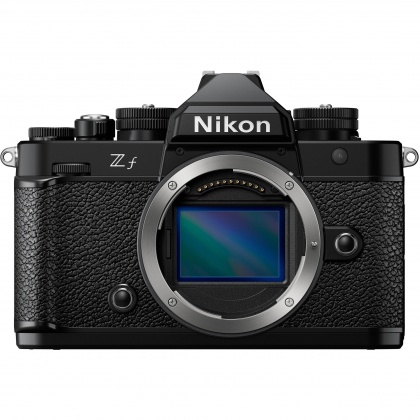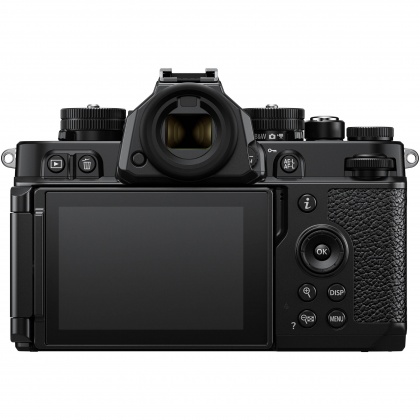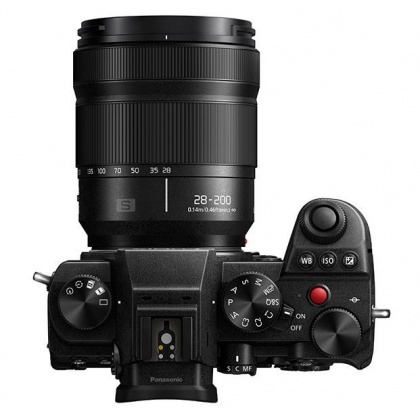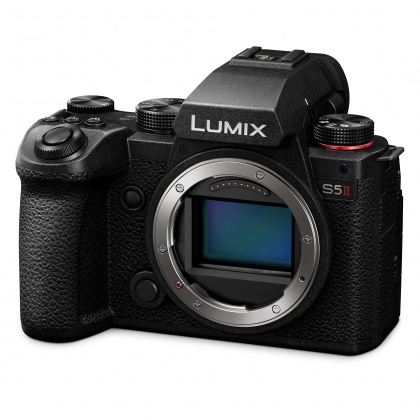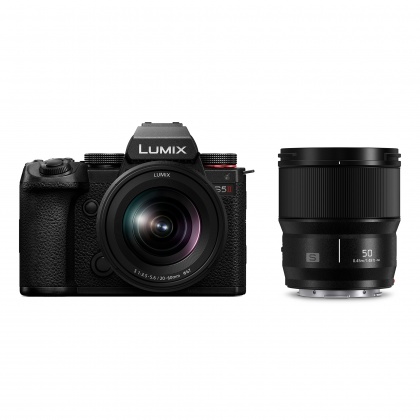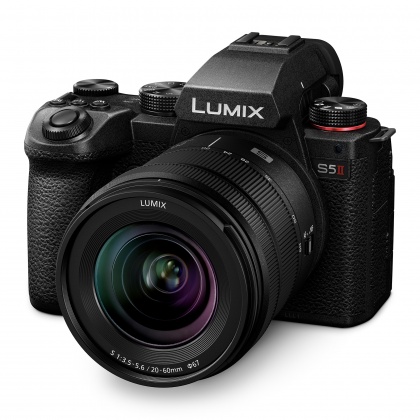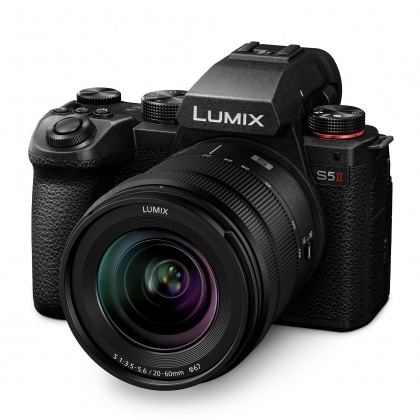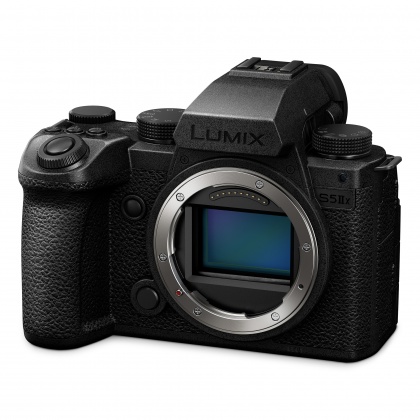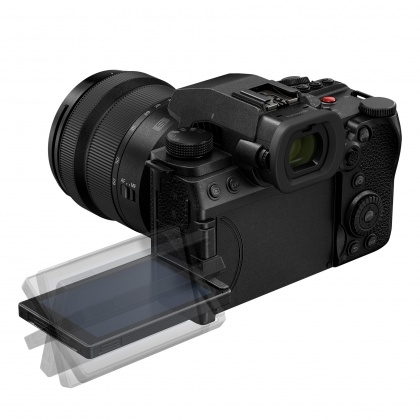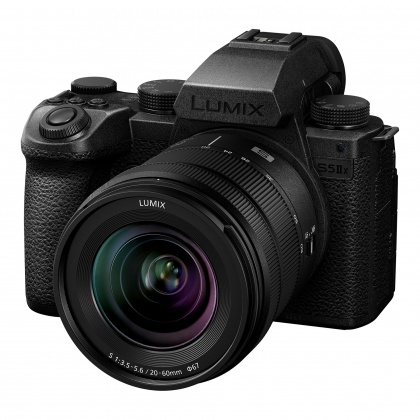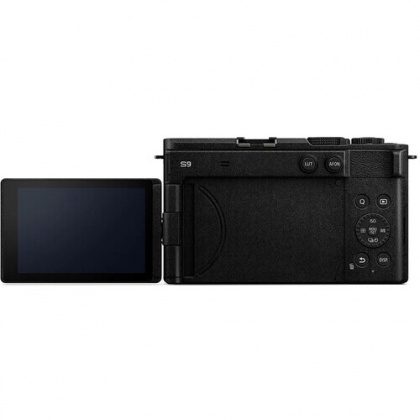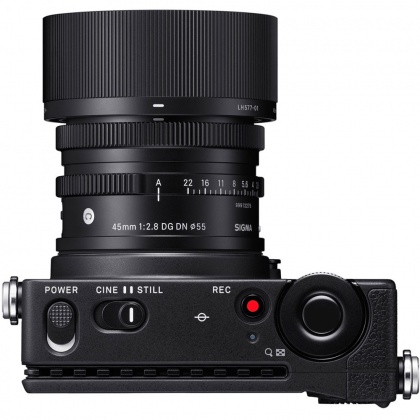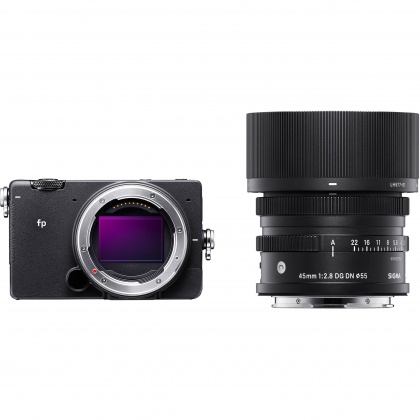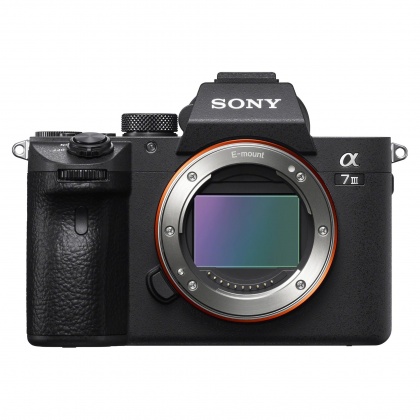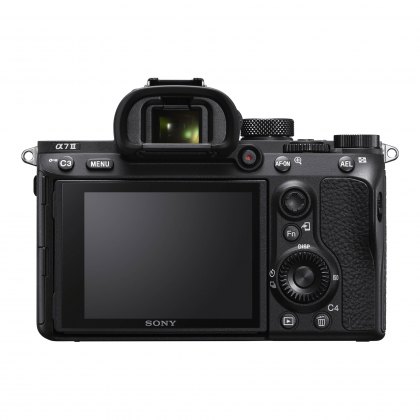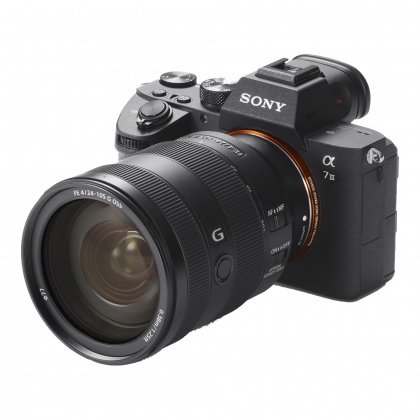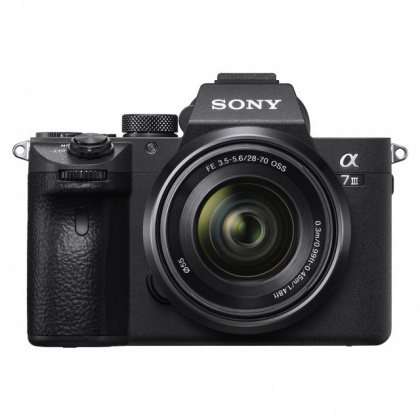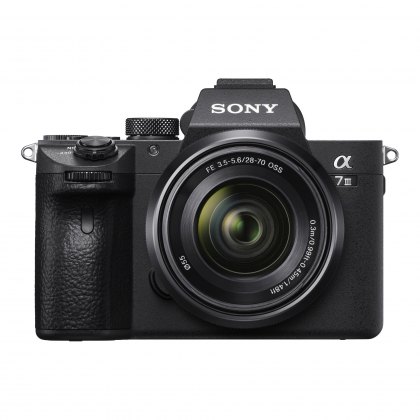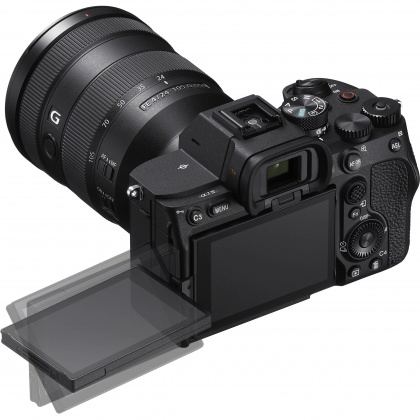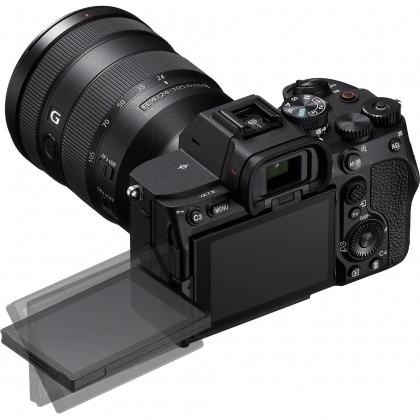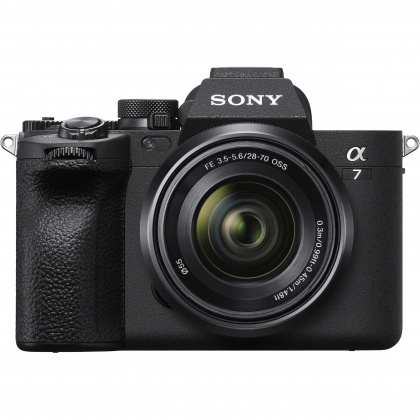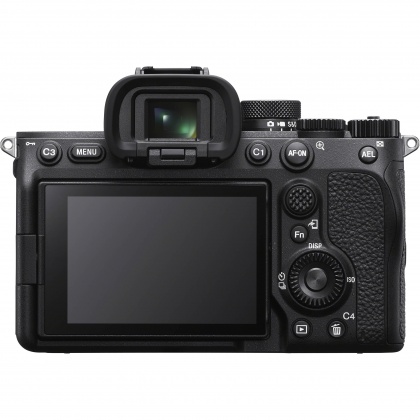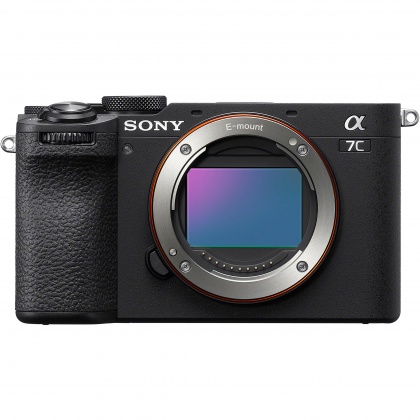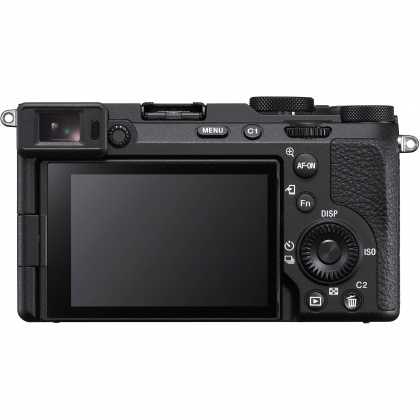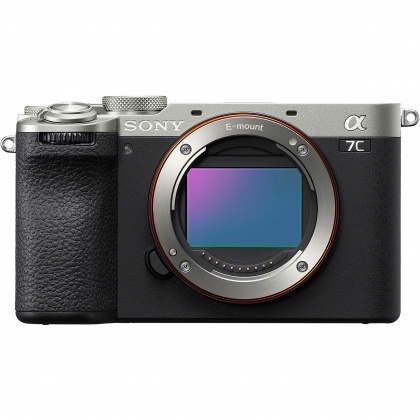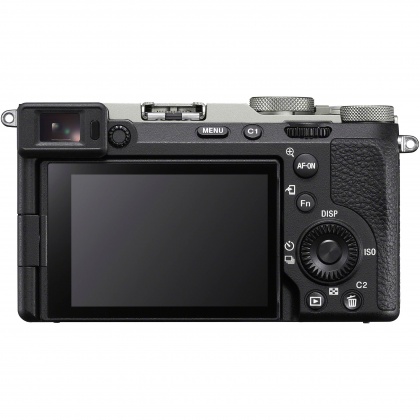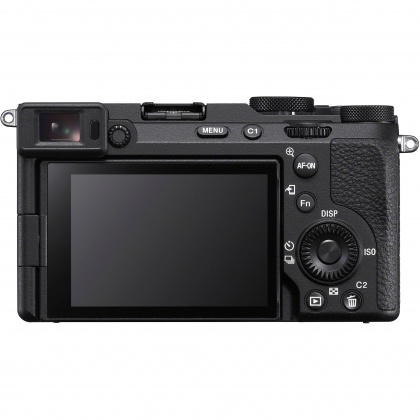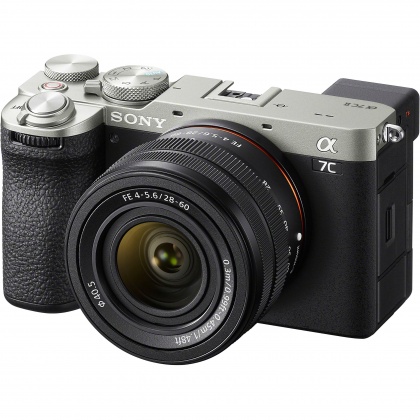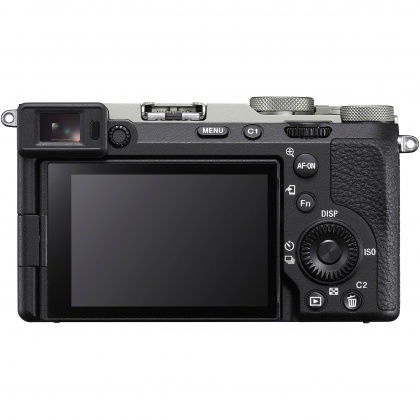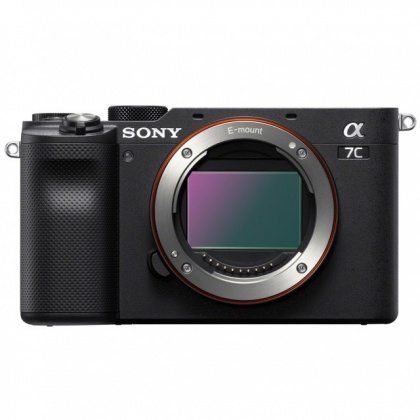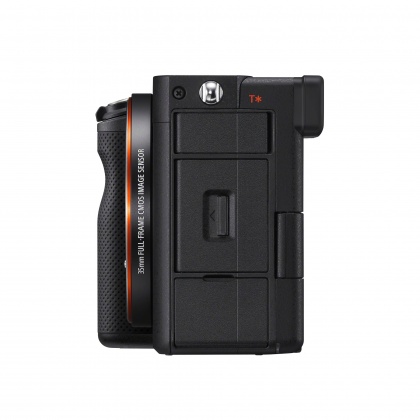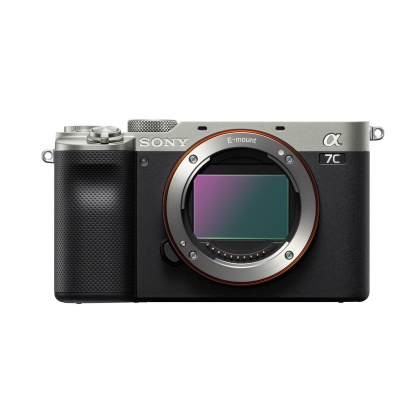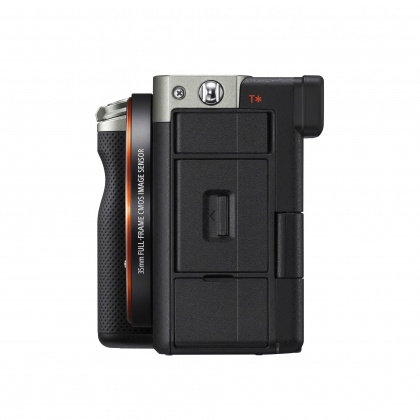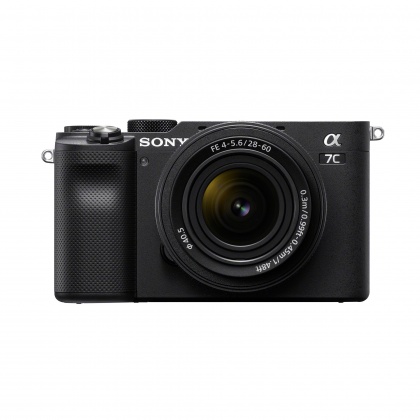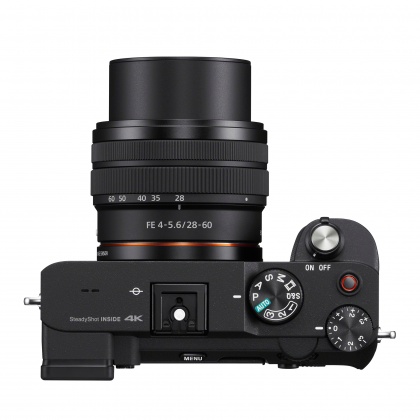Featured Products
Full Frame DSLR & Mirrorless Cameras With Sensors For Sale
Boring Stuff.
When Castle Cameras started in 1974, 35mm film was gradually taking over from glass plates and roll film as the medium of choice for professional photographers.
Precision mechanics, combined with complex lens designs with multi-coated surfaces to cut down flare and blurr, were taking over from wooden box cameras with simple lenses.
35mm film was originally produced for the movie industry and was famously first used in a still camera in 1932 by Oscar Barnack after he built his prototype in his spare time at the Leica factory. Leica went into production and produced a series of cameras with a choice of lenses. The smaller format enabled a set of lenses to be added to the basic camera which could be held easily in one hand while the lens of choice was focussed with the other.
Initially, the cameras were something of a novelty and were know as miniatures. As technology improved, they became more widely used and by the 1950s they were becoming mainstream among journalists, sports and war photographers who all appreciated the convenience and mobility.
By the late 1970s the 35mm Single Lens Reflex, or SLR, was dominant and established the reputations of Canon, Nikon, Pentax, Olympus and Minolta
What is meant by full-frame camera?
A full-frame film camera is one that makes the best use of a length of 35mm film, recording an image of 24x36mm along the length of the film.
A full frame digital camera, for example the Canon EOS 5D Mark IV DSLR, records the image on the same size 24x36mm sensor. Anyone familiar with a 35mm SLR can confidently choose a new lens without re-thinking the lens size required as well as getting the maximum image quality possible from a hand-held camera.
A half-frame film camera, famously the Olympus Pen as well the Yashica 72 and the Canon Demi, records a 24x18mm image across the frame in the same way as a movie camera.
Because the image size of a half-frame camera is smaller, the lenses can be smaller as well. Or, to put it another way, a half-frame camera will only capture the centre of the image from a full-frame lens, effectively cropping off the edges to produce a telephoto effect.
In the early days of colour photography, getting 72 slides back from the processing lab after a two week wait was a big advantage over the regular 36. As people turned to colour prints instead of slides, the saving was less significant and half frame cameras largely fell by the wayside.
In the last days of film cameras, Kodak introduced cameras using the Advanced Photo System, or APS, film which enabled various print formats to be seleced by the user.
One of these, APS-C, was conceived with digital photography in mind and became the standard format for early Digital SLRs such as the EOS 100D and all of Canon's subsequent beginner, mid-range and sports cameras such as the EOS 7D which you can normally find in our Used section for around £300
If your interest is mainly sports and wildlife, you may find that even the longest lenses fail to fill the frame with a distant subject. A crop-sensor camera, such as the Canon EOS 90D DSLR Camera with EF-S 18-135mm IS USM Lens will respond more quickly, be more manageable and will save you cropping all the images manually when you get home.
Are full-frame cameras better?
Full-frame indicates that the image sensor inside your digital camera has the same dimensions as a 35mm colour slide of long ago, ie 24x36mm. It is better that a smaller sensor for capuring detail, but not as good as a larger sensor. A DSLR with a smaller, or Crop, sensor will be smaller and able to use smaller lenses to create a more versatile outfit for a given total weight or budget.





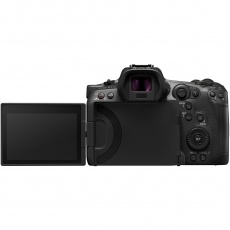



 In Stock
In Stock
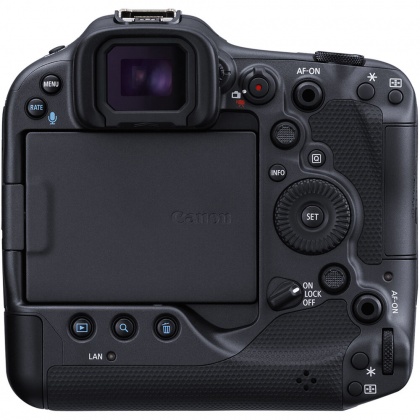
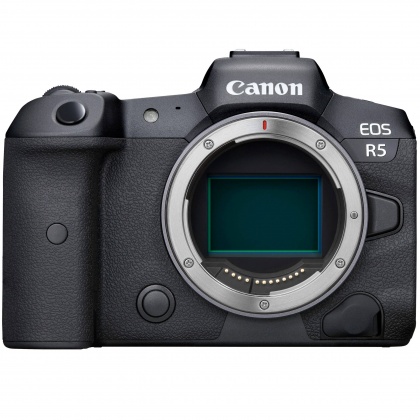
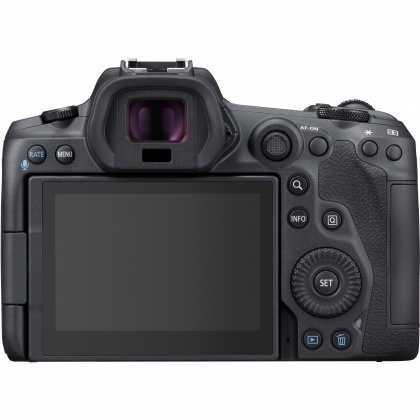


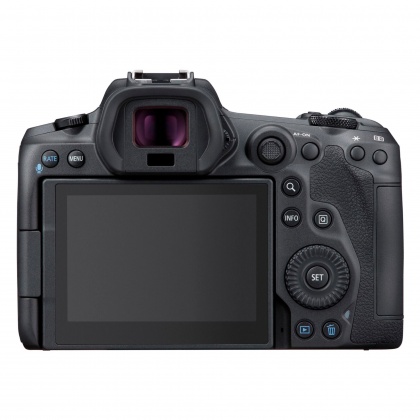

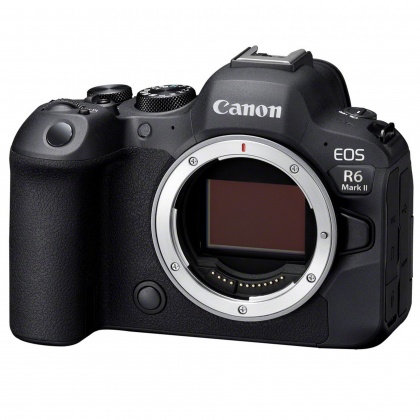

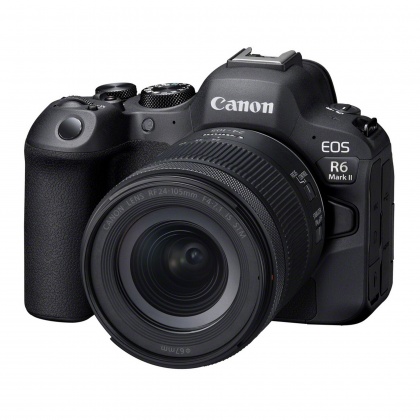

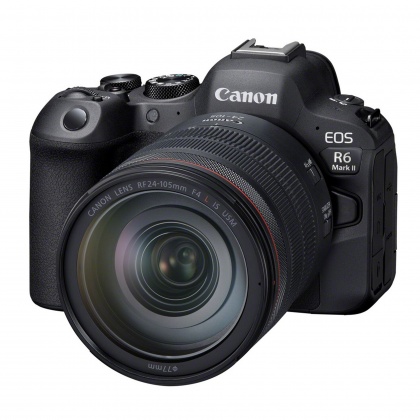
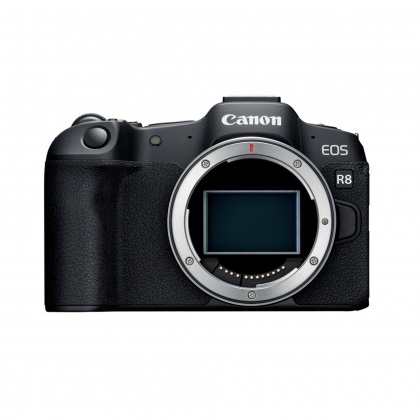
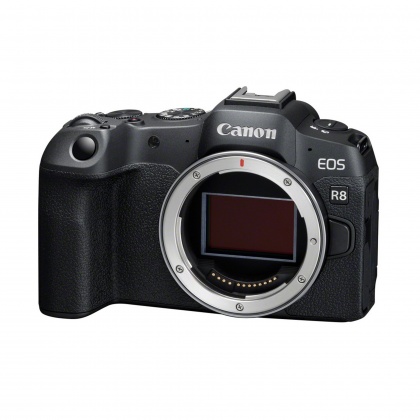

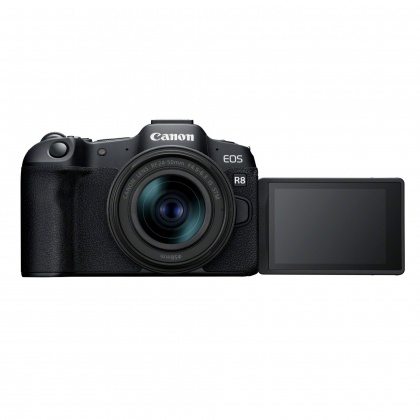
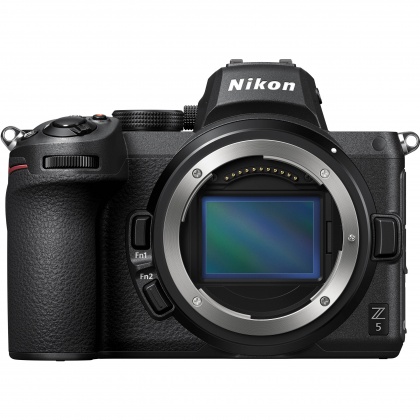
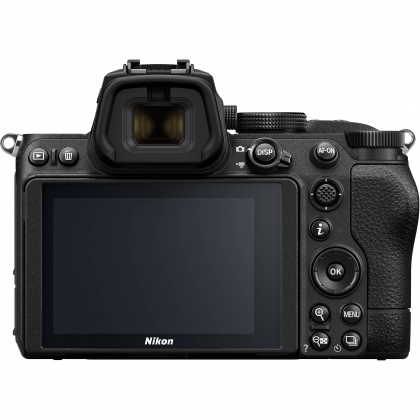

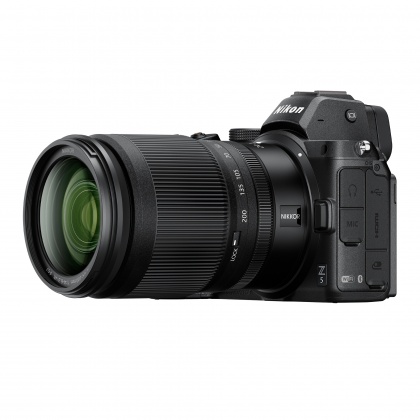
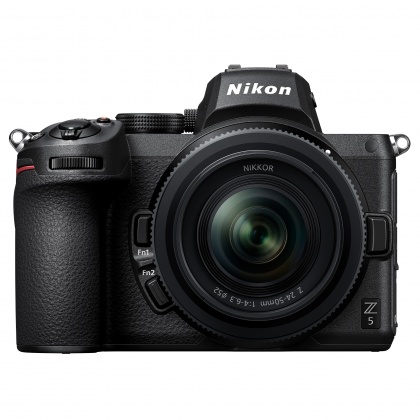
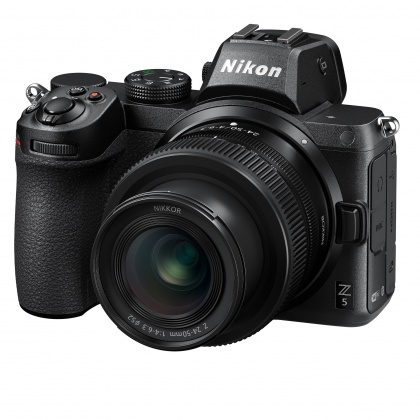


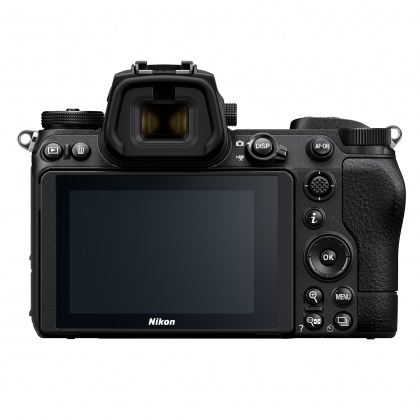
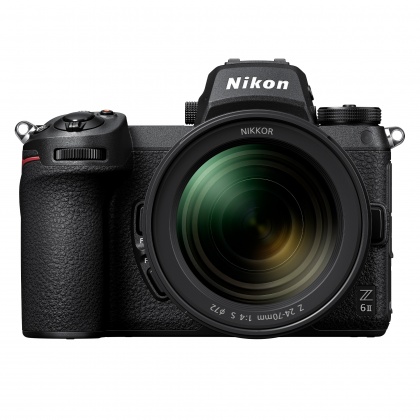
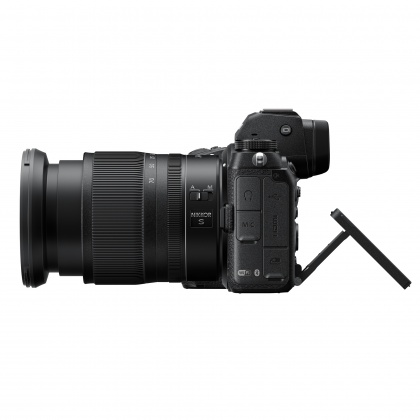

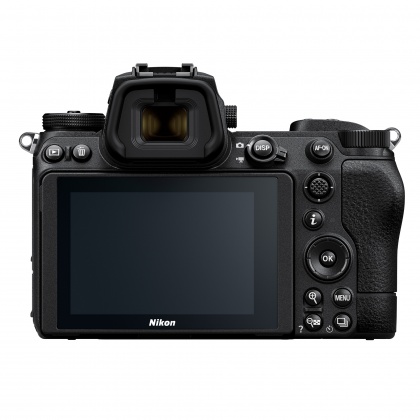
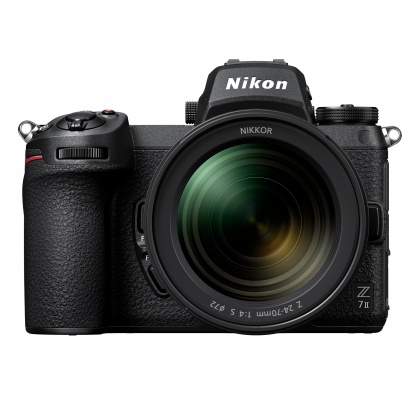
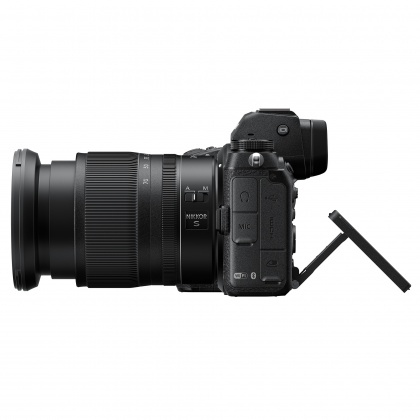
 No stock on site. Please allow two weeks for delivery
No stock on site. Please allow two weeks for delivery